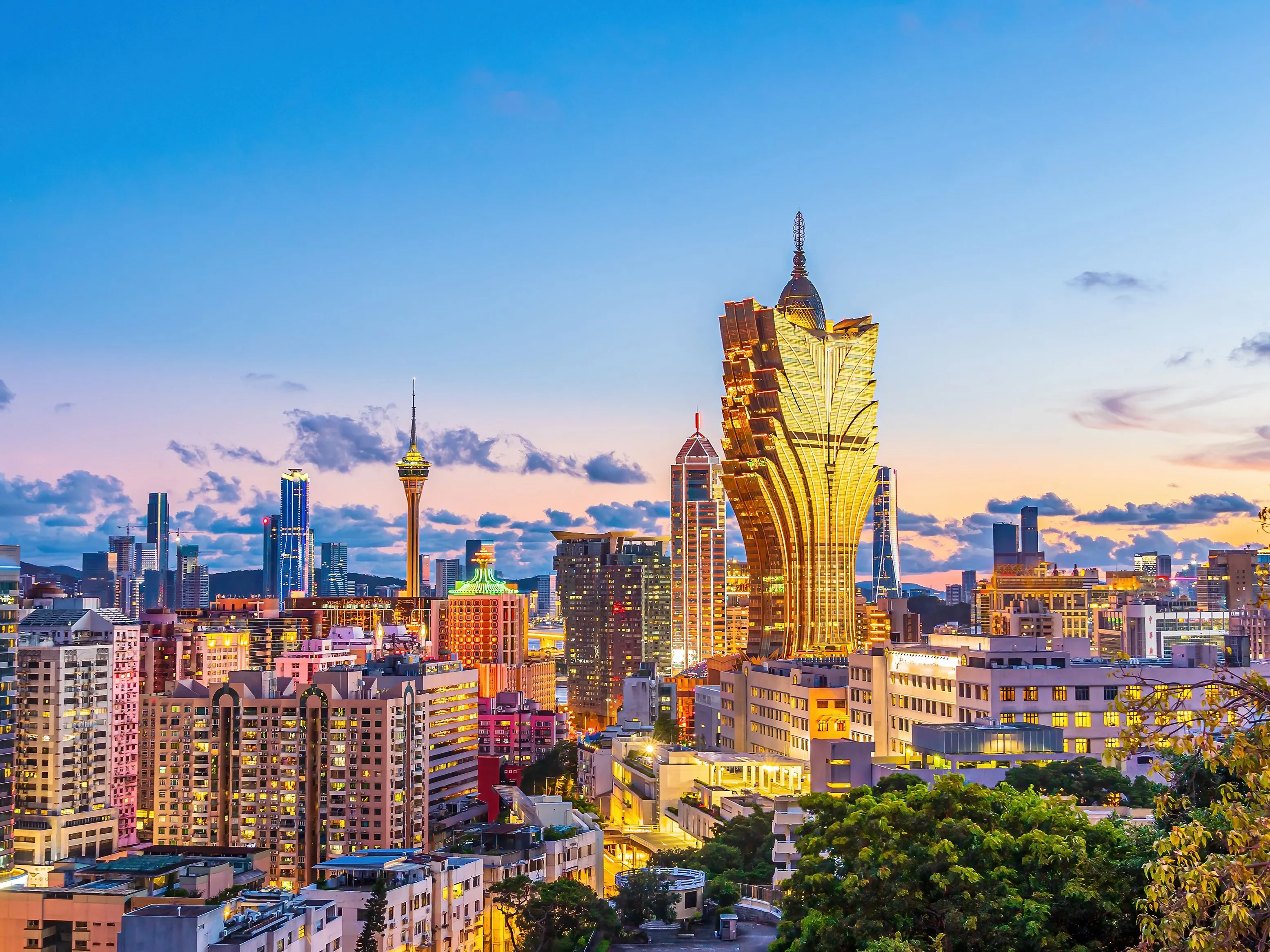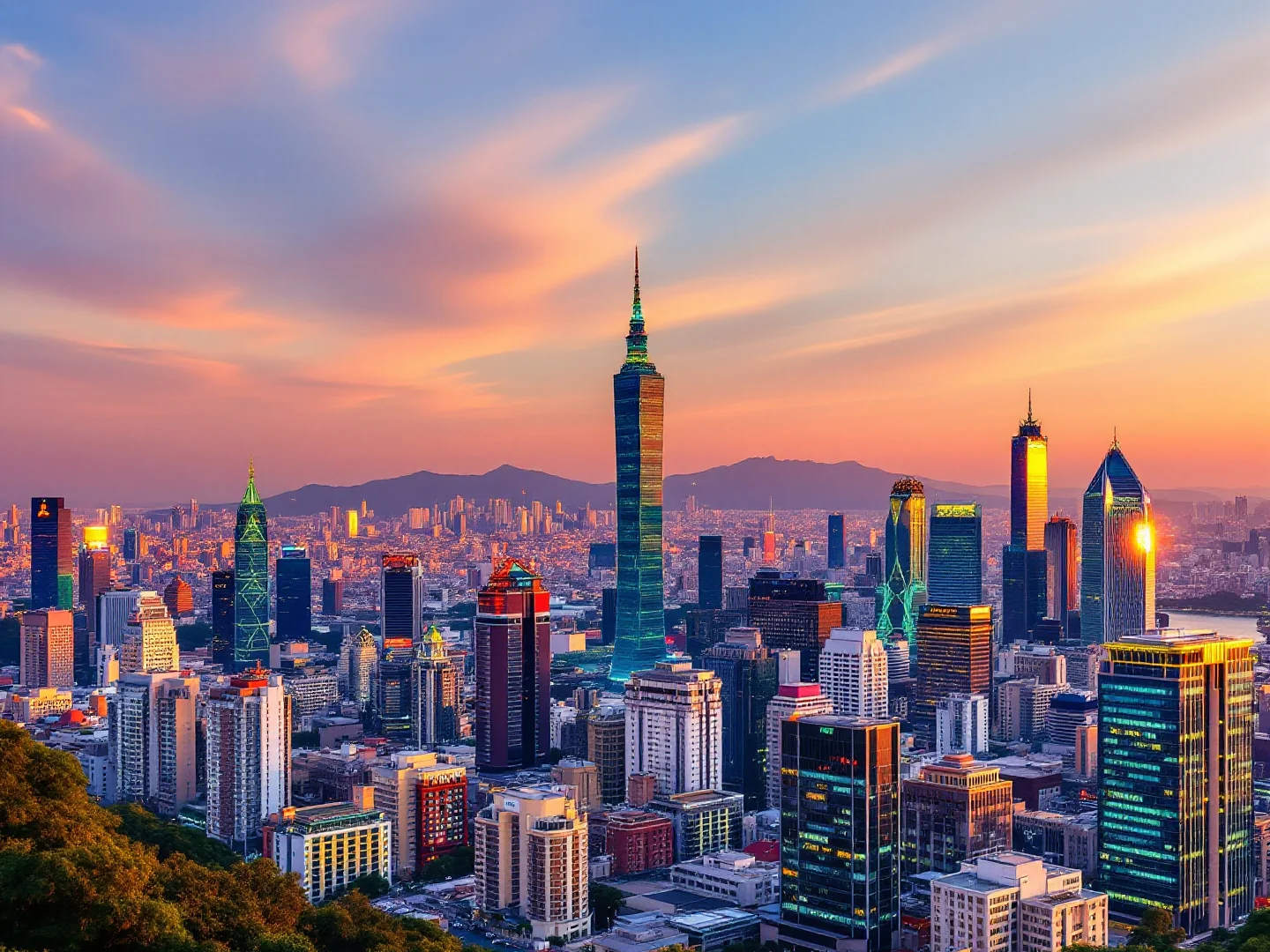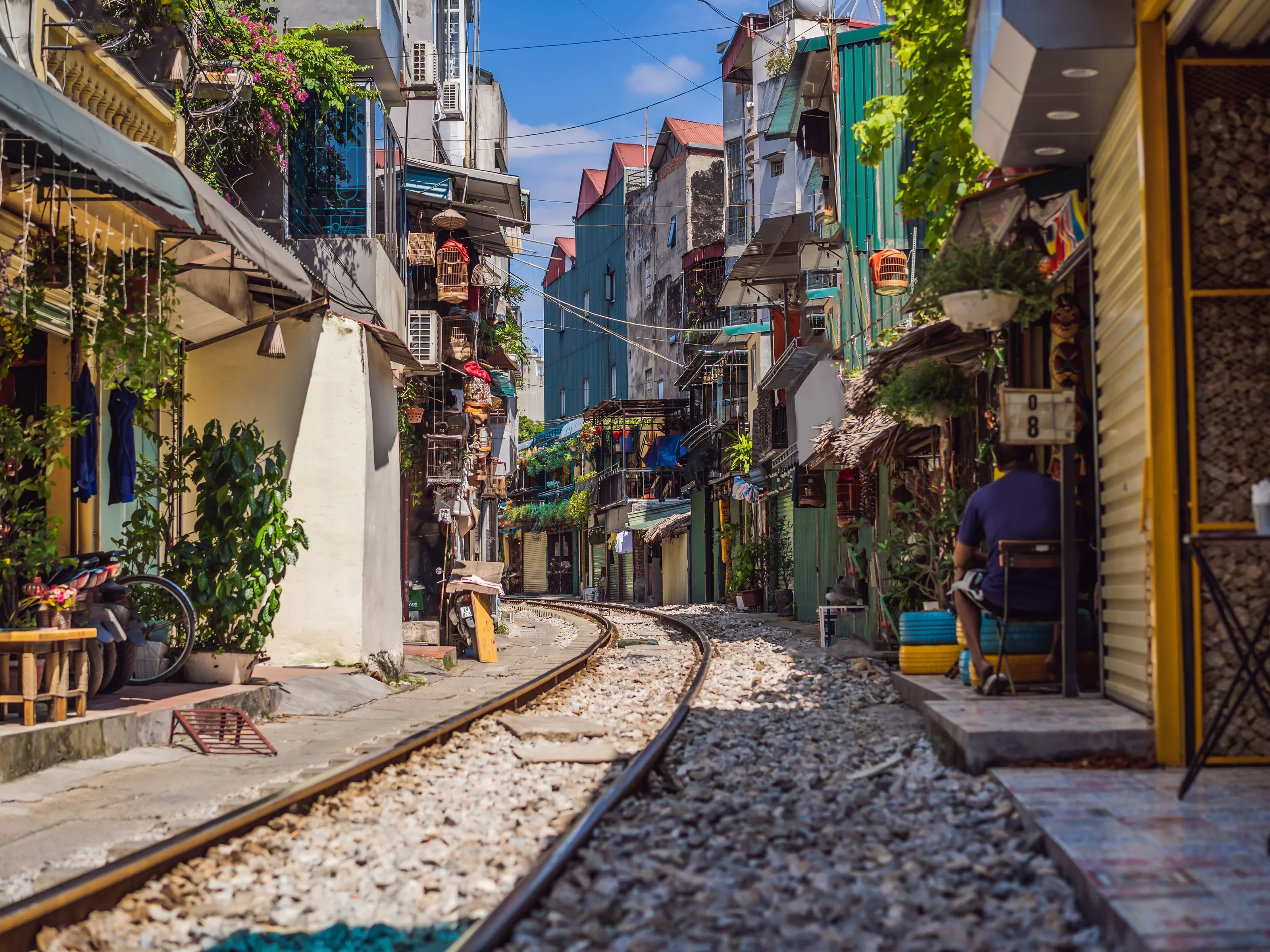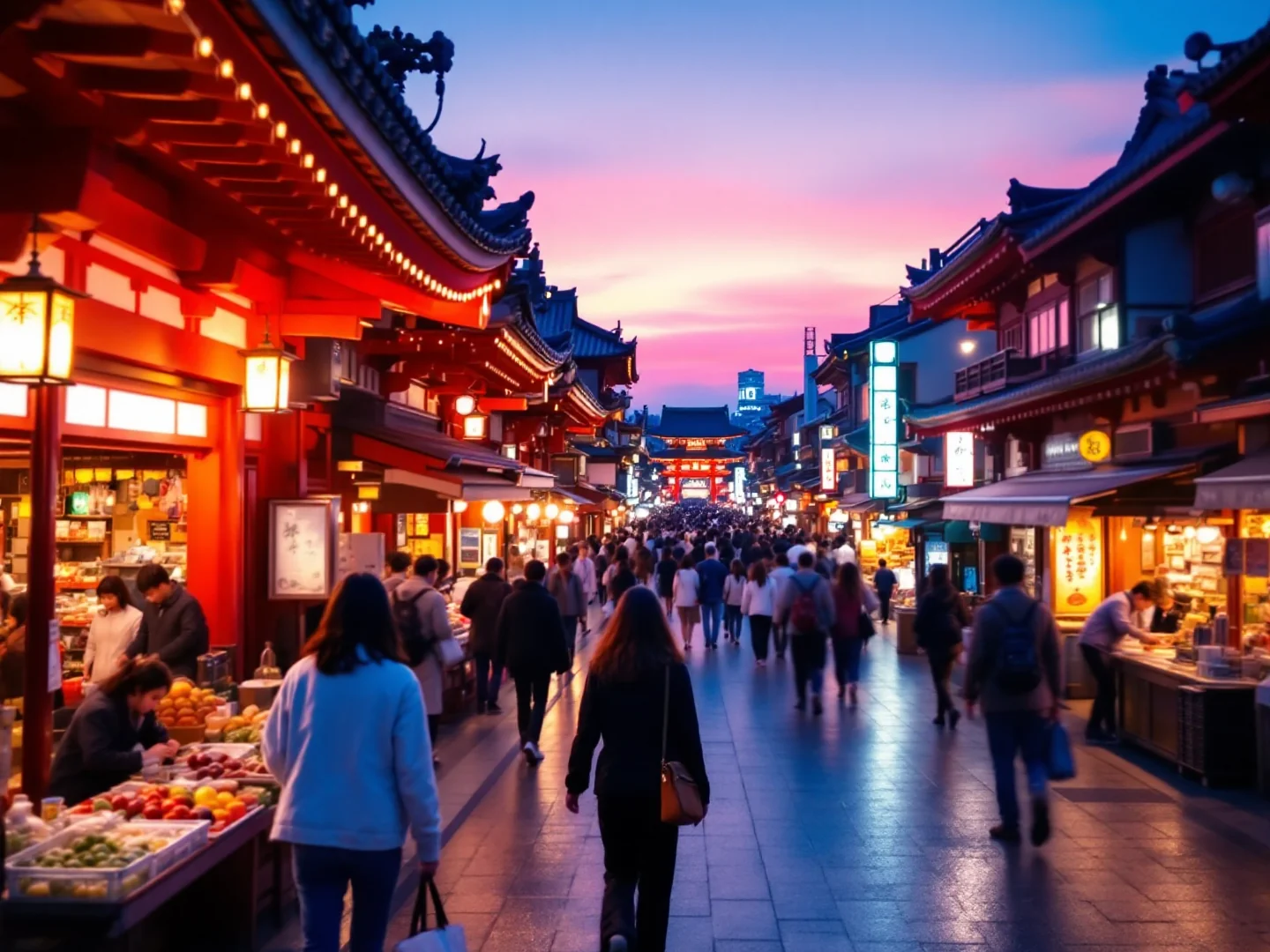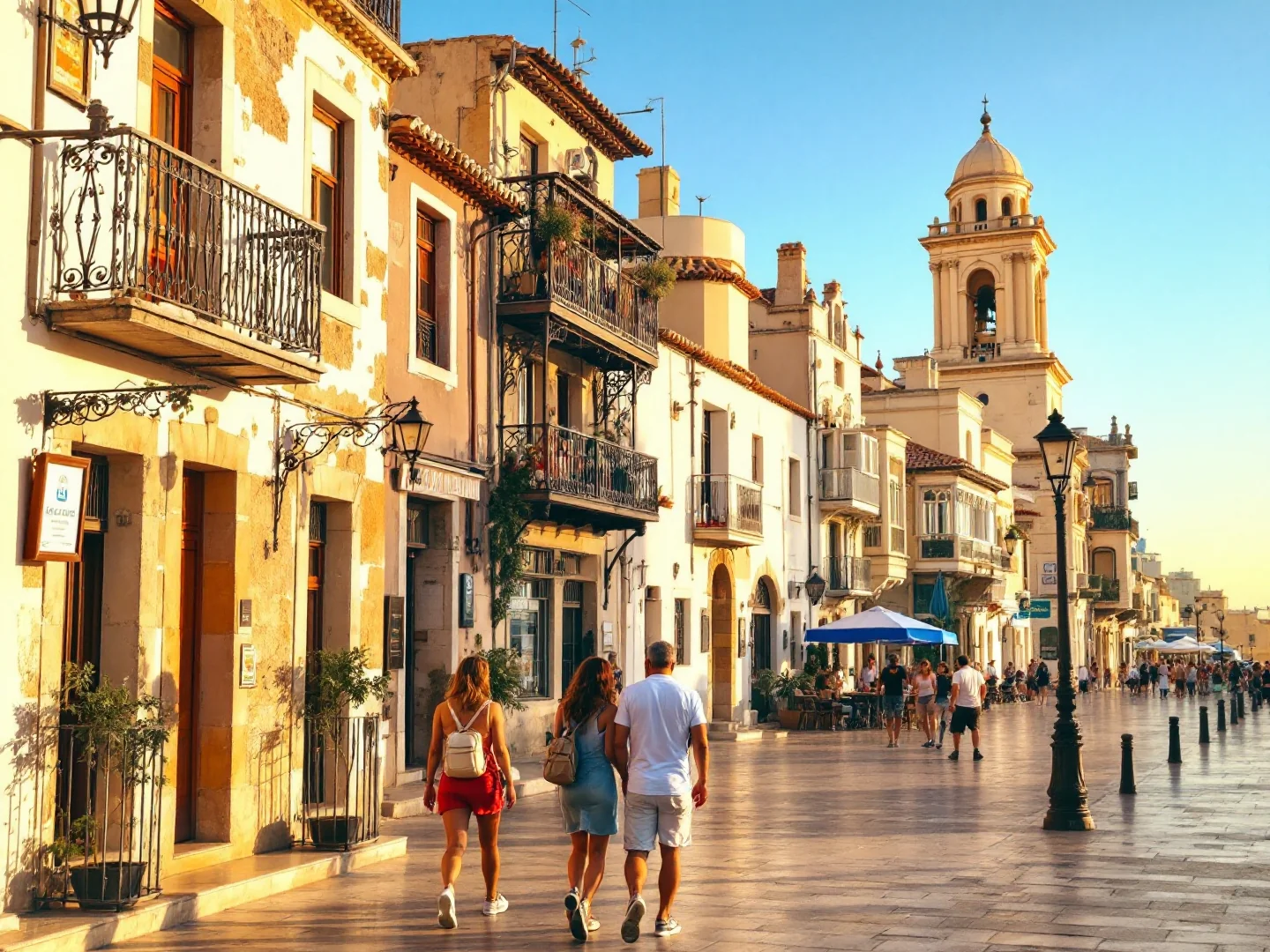Why Visit Hong Kong?
Hong Kong stuns as a vertical metropolis where bamboo-scaffolded skyscrapers crowd Victoria Harbour, Michelin-starred dim sum can still be had for well under HK$50 per dish at places like Tim Ho Wan (often dubbed the world's cheapest Michelin-starred restaurant, with full meals under US$20), and hiking trails offering jungle waterfalls lie minutes from luxury shopping malls. This former British colony returned to China in 1997 maintains distinct character—double-decker trams rattle through Central's glass towers, Star Ferry's green-and-white boats have crossed the harbor since 1888, and traditional wet markets sell live seafood beside designer flagship stores. Victoria Peak's tram climbs impossibly steep tracks to 552-meter summit views of the world's most spectacular skyline, especially magical when harbor lights ignite at 8pm Symphony of Lights show.
Yet Hong Kong rewards explorers who venture beyond tourist Central—ride the ding-ding trams to Sheung Wan's dried seafood streets and Man Mo Temple incense coils, explore Mong Kok's neon density and Ladies' Market chaos, and escape to outlying islands where Lamma's seafood villages and Lantau's Big Buddha offer rural respite. The food scene obsesses over perfection: slurp wonton noodles in dai pai dong open-air stalls, and feast at Temple Street Night Market's claypot rice. Dragon's Back trail delivers surprisingly wild hiking with coastal panoramas, while Tai O fishing village preserves stilt houses and pink dolphin sightings.
Shopping spans from Temple Street's fake watches to IFC Mall's luxury, with tailors crafting custom suits in 24 hours. With efficient MTR, English signage, subtropical climate, and seamless East-meets-West fusion, Hong Kong delivers urban energy and natural beauty compressed into one electrifying package.
What to Do
Hong Kong Icons
Victoria Peak & Peak Tram
Ride the Peak Tram, a steep funicular up to around 552m for classic harbour views. A return Peak Tram and Sky Terrace 428 combo ticket costs about HK$168 for adults and HK$84 for children and seniors; tram-only return is roughly HK$108 for adults. Book online to secure a slot and use the dedicated queues. At the top, the paid Sky Terrace offers a viewing platform, but the free Peak Circle walk (45–60 minutes) gives 360° views with far fewer people. Sunset is spectacular but very busy.
Star Ferry
Historic green-and-white ferries link Central and Tsim Sha Tsui in about eight minutes and remain one of the best-value skyline views in the world. After recent fare rises, adult tickets on the main routes cost roughly HK$4–$7 depending on deck and whether it's a weekday or weekend. Tap your Octopus card or buy tokens at the pier. Time a crossing for around 19:30–20:00 if you want to see the buildings light up for the 8pm Symphony of Lights show.
Tian Tan Buddha (Big Buddha)
The 34m bronze Buddha on Lantau Island sits above Ngong Ping Village and Po Lin Monastery. The most scenic route is the Ngong Ping 360 cable car: a round-trip standard cabin ticket is around HK$295 for adults and HK$150 for children, with Crystal Cabins costing more. The ride takes about 25 minutes each way over sea and mountains. Entrance to the Buddha and monastery is free, though some halls have small fees. Go on weekdays and aim to arrive before 11am to avoid long queues. Allow 3–4 hours for the full excursion from Central.
Markets & Local Life
Temple Street Night Market
Temple Street in Jordan turns into a lively night market from late afternoon, peaking 20:00–22:00. Stalls sell souvenirs, clothing, gadgets and trinkets; bargaining is expected, so start at about 30–40% of the first price and negotiate from there. Simple open-air restaurants serve seafood, claypot rice and stir-fries, and you'll often find fortune tellers and buskers. It's atmospheric but crowded—keep valuables secure in zipped pockets or a money belt.
Mong Kok & Ladies' Market
Mong Kok is dense, loud and very Hong Kong. Ladies' Market on Tung Choi Street runs roughly noon to late evening with clothes, bags and souvenirs—be ready for firm sellers and haggle hard. Nearby Fa Yuen Street (Sneaker Street) and Sai Yeung Choi Street attract more locals for shoes and electronics. Evenings around 18:00–21:00 capture the full neon-and-noodle chaos; grab wonton noodles or roast meats at a cha chaan teng nearby when you need a break.
Wong Tai Sin Temple
One of the city's most popular temples, dedicated to a Taoist deity believed to grant wishes. Entry to the main complex is free during opening hours (roughly 7:00–17:30), and the grounds feature colourful halls, gardens and incense. Locals come to shake fortune sticks and then pay for an interpretation from the fortune-telling stalls outside. Modest dress is appreciated. Take MTR to Wong Tai Sin station for an easy visit and aim for early morning if you want a quieter, more reflective atmosphere.
Nature & Islands
Dragon's Back Hike
Hong Kong's most famous city hike, part of Hong Kong Trail Section 8. The standard route is about 7–8km and takes 2–3 hours at a moderate pace, with an undulating ridge that really does resemble a dragon's back and sweeping views over Shek O, Big Wave Bay and the South China Sea. Take the MTR to Shau Kei Wan, then bus 9 to the To Tei Wan stop to start. There's little shade on the ridge—bring water, sun protection and good shoes, and avoid hiking in extreme heat or heavy rain.
Lantau Island & Tai O Fishing Village
After visiting Ngong Ping and the Big Buddha, continue by bus to Tai O, a stilt-house fishing village on Lantau's west coast. Wooden walkways wind past houses on stilts, and you can take short boat trips (around HK$30–$40) around the village and out into the bay, where pink dolphins are sometimes spotted. It is touristy but still has a slower, more nostalgic feel than central Hong Kong. Combine Ngong Ping and Tai O into one long day out if time is short.
Lamma Island
A car-free island with beaches, easy trails and seafood, perfect for a half-day escape. Ferries from Central Pier 4 to Yung Shue Wan or Sok Kwu Wan take roughly 25–35 minutes and cost about HK$20–$40 depending on time and service. A popular route is to land at Yung Shue Wan, hike the family trail via Hung Shing Yeh Beach, then finish with waterfront seafood in Sok Kwu Wan before catching the ferry back. Trails are paved and well-signposted, but can be hot—bring water and a hat.
Gallery
Travel Information
Getting There
- Airports: HKG
Best Time to Visit
October, November, December, March, April
Climate: Warm
Weather by Month
| Month | High | Low | Rainy days | Condition |
|---|---|---|---|---|
| January | 20°C | 15°C | 4 | Good |
| February | 20°C | 15°C | 6 | Good |
| March | 23°C | 19°C | 17 | Excellent (best) |
| April | 23°C | 19°C | 12 | Excellent (best) |
| May | 28°C | 25°C | 24 | Wet |
| June | 29°C | 27°C | 30 | Wet |
| July | 30°C | 27°C | 25 | Wet |
| August | 29°C | 26°C | 27 | Wet |
| September | 29°C | 26°C | 30 | Wet |
| October | 26°C | 22°C | 10 | Excellent (best) |
| November | 25°C | 20°C | 4 | Excellent (best) |
| December | 20°C | 13°C | 2 | Excellent (best) |
Weather data: Open-Meteo Archive (2020-2024) • Open-Meteo.com (CC BY 4.0) • Historical avg. 2020–2024
Budget
Excludes flights
Visa Requirements
Visa-free for EU citizens
💡 🌍 Traveler Tip (November 2025): November 2025 is perfect for visiting Hong Kong!
Practical Information
Getting There
Hong Kong International Airport (HKG) is on Lantau Island. Airport Express train to Central costs HK$115/$14 (24 min), Kowloon HK$105 (20 min). Buses cheaper (HK$30–$50). Taxis to Central HK$270–$350/$33–$43 Hong Kong is Asia's hub—direct trains to Shenzhen/Guangzhou (Mainland China requires separate visa).
Getting Around
MTR (Metro) is world-class—clean, efficient, extensive. Octopus card essential (HK$150/$18 deposit+credit, tap on/off). Single rides HK$5–$15 Trams on Hong Kong Island HK$3 Star Ferry HK$5 (Mon-Fri) / HK$7 (Sat/Sun/holidays). Buses and minibuses supplement. Walking is rewarding but hilly. Taxis are metered, affordable (HK$27 start), and plentiful. Avoid rental cars—driving is left-side and chaotic.
Money & Payments
Hong Kong Dollar (HK$, HKD). Exchange $1 ≈ HK$8–$$81 ≈ HK$8–$8 Cards accepted at hotels, malls, and restaurants, but street food and markets require cash. ATMs everywhere (many charge fees). Tipping: 10% service charge often included in restaurants, round up for taxis, leave small change for great service.
Language
Cantonese is dominant. English is official and widely spoken in business districts, hotels, and tourist areas. Mandarin increasing. Signs are bilingual (Chinese/English). Older generations and market vendors may speak limited English. Learning 'M̀h gōi' (thanks) helps.
Cultural Tips
Dining: dim sum eaten 10am-2pm with tea, dinner 6-10pm. Slurping noodles is acceptable. Use chopsticks properly. Octopus card works everywhere—convenience stores, trams, vending machines. Queuing is sacred—wait patiently. Typhoon signals: T8 closes businesses, T10 is serious—stay indoors. Hiking: bring water, sun protection. Summer heat/humidity is intense. Book Peak Tram and restaurants ahead. Markets open late (4pm-midnight).
Perfect 3-Day Hong Kong Itinerary
Day 1: Hong Kong Island
Day 2: Kowloon & Markets
Day 3: Nature or Islands
Where to Stay in Hong Kong
Central
Best for: Business district, luxury shopping, Mid-Levels escalator, SoHo dining
Tsim Sha Tsui (Kowloon)
Best for: Skyline views, museums, shopping, hotels, Nathan Road
Mong Kok
Best for: Local markets, street food, authentic atmosphere, budget shopping
Sheung Wan
Best for: Antiques, dried seafood, temples, cafés, less touristy
Frequently Asked Questions
Do I need a visa to visit Hong Kong?
What is the best time to visit Hong Kong?
How much does a trip to Hong Kong cost per day?
Is Hong Kong safe for tourists?
What are the must-see attractions in Hong Kong?
Popular Activities
Top-rated tours and experiences in Hong Kong
Ready to Visit Hong Kong?
Book your flights, accommodation, and activities

